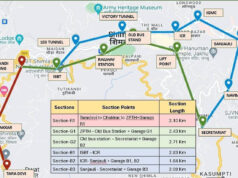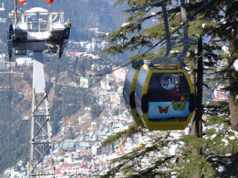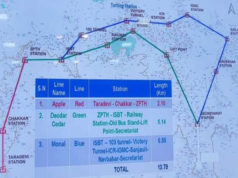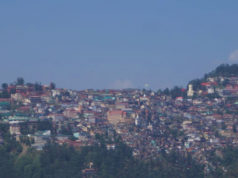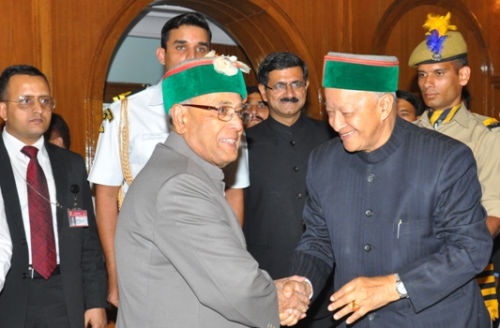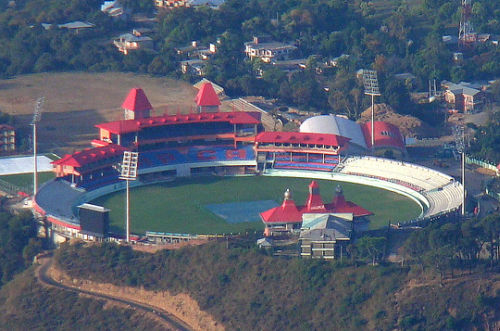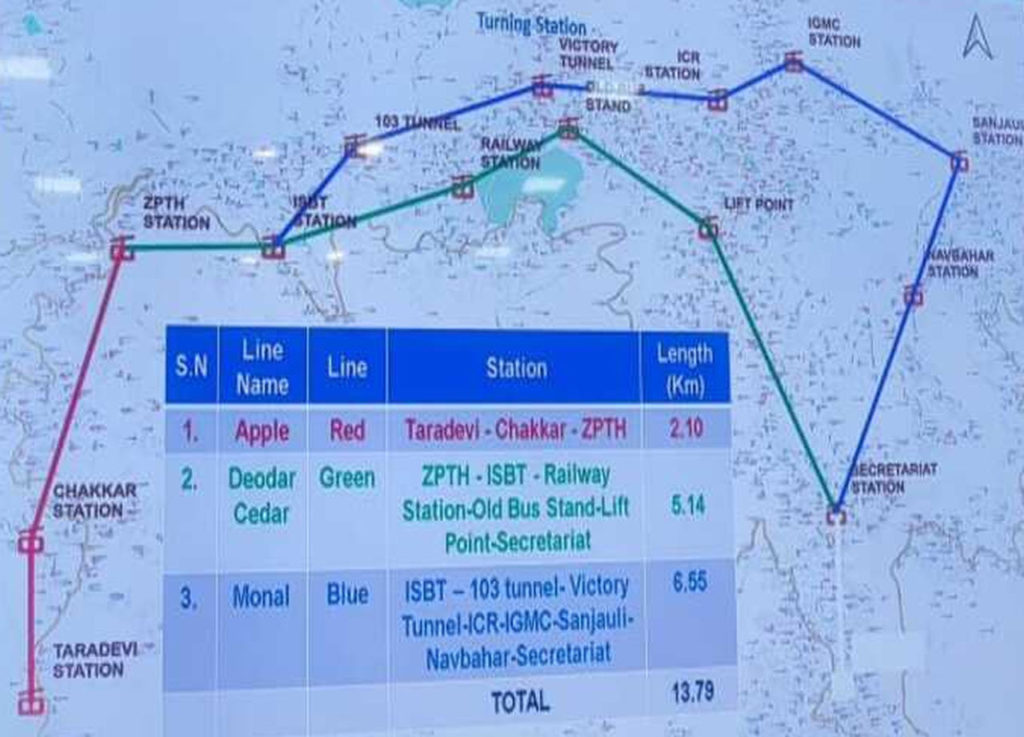
The Ropeway Corporation has invited tenders for the construction of the longest ropeway in India, which will span 13.79 kilometers across Shimla. The project is set to begin in March 2025, with an ambitious completion target of four years, aiming to be operational by 2029. The ropeway, costing Rs 1,734 crore, is expected to revolutionize transportation in the capital city, providing a much-needed solution to daily traffic congestion.
To finance the project, 80% of the funds will be provided by the New Development Bank (NDB) as a loan, while the remaining 20% will be covered by the state government. Notably, the fare for using the ropeway will be kept on par with existing bus fares, ensuring affordability for the public.
In a phased manner, as sections of the ropeway are completed, they will be opened for public use. The Ropeway Corporation has also announced that the company responsible for constructing the project will operate and maintain the system for five years after completion. This initiative is expected to ease the transportation woes of thousands of residents and visitors in Shimla, which has long struggled with traffic jams and the challenge of expanding roads due to the city’s rugged terrain.
Ropeway Structure and Stations
The Shimla ropeway will feature a total of 13 stations, with one designated as a turning point near the iconic Victory Tunnel. Passengers will be able to board and disembark at various points along the route. Starting from Taradevi, the ropeway will extend across the city, providing an alternative to road travel and reducing the burden on the existing infrastructure.
The ropeway will be divided into three lines—red, blue, and green—each serving different parts of the city.
- Red Line: This line will connect Taradevi to Tutikandi via Chakkar, allowing passengers to bypass road traffic and reach their destination swiftly.
- Green Line: This will take passengers from Tutikandi Parking to the Secretariat, passing through key locations like the railway station, old bus stand, and the popular tourist spot, the lift.
- Blue Line: Starting at ISBT, this line will pass through several important areas, including the 103 Tunnel, Victory Tunnel, IGMC, Sanjauli, and Navbahar, eventually reaching the Secretariat.
With the introduction of the ropeway, Shimla is set to become one of the most well-connected hill cities in the country. This innovative transport system is expected to not only ease traffic but also enhance the tourism experience, offering panoramic views of the city as passengers travel across its scenic landscape.
By the time the project is completed in 2029, the Shimla ropeway will stand as a landmark achievement, providing residents and tourists alike with a fast, efficient, and scenic way to travel through the historic city.


